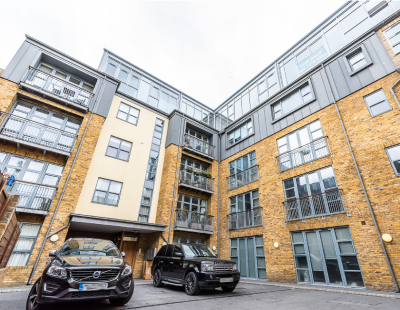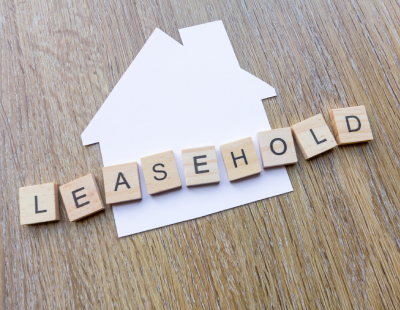In a nutshell, the addition of Part 20 to the General Permitted Development Order (GDPO) allows for the extension of certain existing commercial, residential and mixed-use buildings through the addition of one to two storeys for residential use.
Housing shortage
Given the UK’s chronic housing shortage, and the need to breathe new life into town centres suffering from a combination of too few residential properties and too much vacant retail space, there are many positives about these new permitted development rights.
For property developers, one of the attractions of buying a freehold and using permitted development rights to extend upwards is being able to avoid the lengthy and expensive planning process involved in trying to obtain permission to build on green belt or other sensitive locations, and being the focus of NIMBY (Not In My Back Yard) protesters.
However, although in theory they can create penthouse units after purchasing the freehold of a small block of flats and obtaining consent for an airspace development, the reality is often more complex.
They will almost certainly have to deal with objections from leaseholders who do not want additional properties built on top of their homes. Instead of opposition from NIMBYs, they will have to contend with hostility from NOTOFs (Not On Top Of Our Flats).
Consultation process
There have been a number of stories in the media recently about protests from leaseholders about proposed rooftop extensions. My advice to developers would be to seek to avoid getting into a potential confrontation by engaging in a fair consultation process with leaseholders at the outset so that they are able to address their concerns.
It might be tempting for developers not to enter into such engagement and to instead point out that in the same way that a homeowner does not have a right to an open view, a flat leaseholder does not have a right to the airspace above their property.
However, my advice to the property developers and investors with freehold interests that I am representing on airspace development opportunities is that they should not only engage with leaseholders, but that they should organise legal representation to facilitate that process at the outset.
The benefit of this approach is that this shared cost in the early stages of the process is likely to be more cost-effective than having to engage later on in costly litigation that could have been avoided. Far better for lessees who have been professionally advised at the expense of the landlord to have agreed in writing in advance to a rooftop extension.
Existing leaseholders
While freeholders of blocks of flats are legally entitled to extend their properties upwards under the new permitted development rights, they nevertheless have a responsibility to the existing leaseholders whose lives they may be disrupting.
It is also worth keeping in mind that while rooftop extensions are now allowed under the new permitted development rights under Part 20 of the GDPO, the fact that developers are lawfully engaging in a commercial activity does not exempt them from civil claims to recover compensation by way of damages.
Although leaseholders would be unable to prevent a freeholder from adding one or two storeys to an existing structure, they would be able to sue if their home was damaged as a result of building work to create a rooftop extension.
Furthermore, although permitted development rights now mean that a freeholder has the right to extend upwards by one or two storeys, building regulations still apply and an existing block of flats would need to be able to support the weight of any additional units built on top.
Neighbouring buildings
Another legal issue that developers need to keep in mind when considering embarking upon an airspace development includes the right to light of residents in neighbouring buildings, and the potential for owners of these buildings to seek an injunction to prevent construction, or to seek damages if the rooftop extension is completed.
It is also important to check before buying the freehold of a block of flats that tenants of the property do not have rights over the roof or airspace in their leases which would be impacted by an upwards extension.
Developers considering rooftop extensions should also be aware that the new permitted development rights are accompanied by various restrictions, notably any block of flats being extended upwards must already be at least three storeys high, and the total height of the building cannot exceed 30 metres once the rooftop development has been built.
Research by the property consultancy Knight Frank and Fruition Properties has estimated that the new permitted development rights could result in 41,000 flats being built on rooftops in central London alone.
However, the Leasehold Knowledge Partnership charity has predicted that the number will be much smaller, amounting to just 8,120 homes over the next decade. The charity has also estimated that leaseholders living under an upwards extension will suffer a loss of property value and inconvenience totalling around £200 million, while providing freehold owners up to £41.9 billion in increased development value.
*Jonathan Frankel is a Litigation Partner at Cavendish Legal Group









.png)










Join the conversation
Be the first to comment (please use the comment box below)
Please login to comment